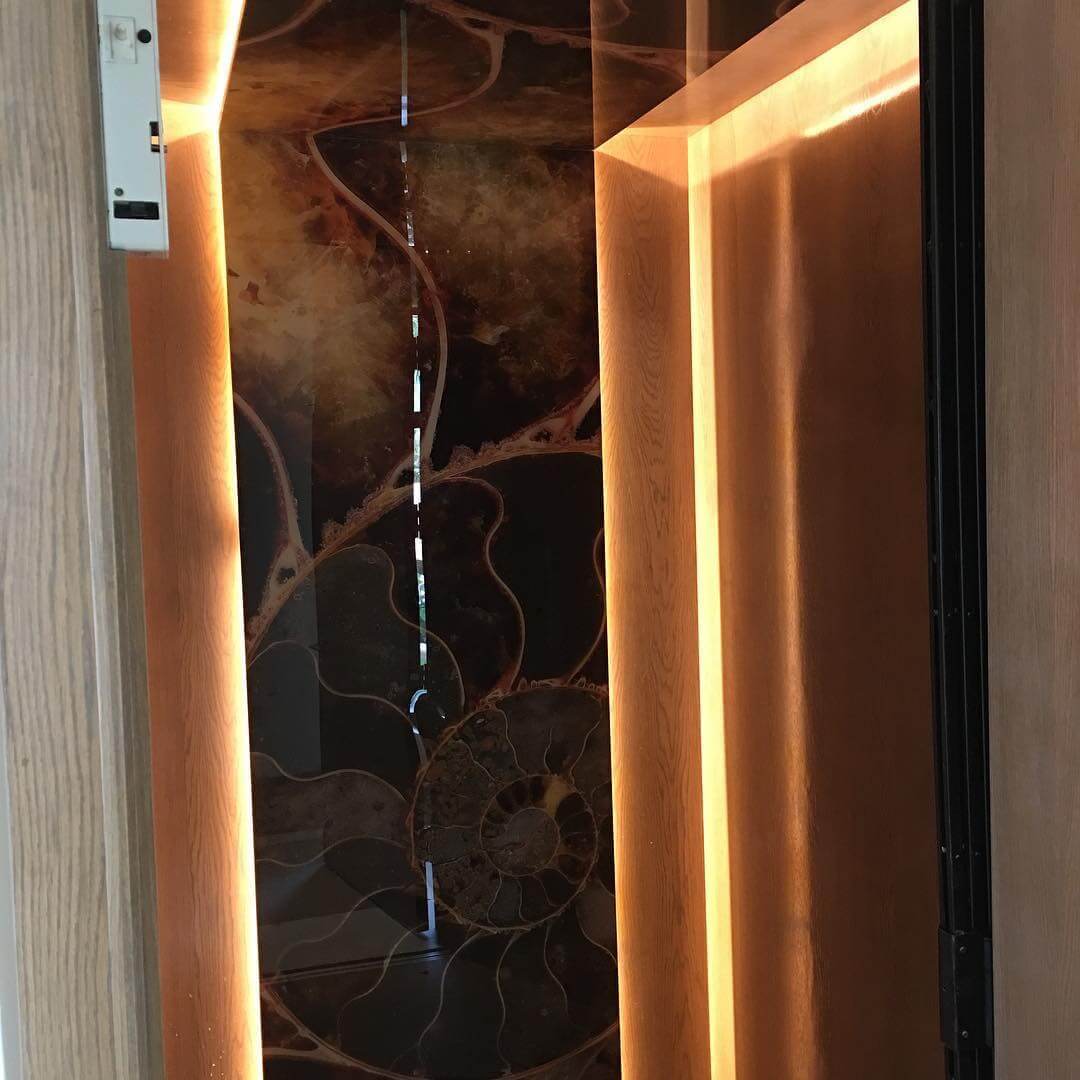New forms of “smart” technology are introduced to the world every day. These devices can be remotely controlled or monitored via Bluetooth, Wi-Fi, LTE, or another form of connectivity. Often, this can be done from a phone. One of the more recent trends in smart technology is elevators, including smart residential elevators.
With an estimated 1.1 million elevators in operation in the United States alone, it’s no wonder it hasn’t taken long for their technology to modernize in this way. These changes are happening fast!
As your trusted elevator design, installation, and service company, we want to keep you updated. Before we discuss how this technology affects residential elevators, let’s discuss just what makes an elevator a “smart” elevator.
What are smart elevators?
A smart elevator is monitored or, in some cases, controlled via the forms of connectivity we mentioned. This proves useful for many reasons. For starters, it can alert a building manager or a homeowner about a problem with an elevator before anyone steps foot near the machine. Smart technology also means elevators can be shut down remotely when necessary thanks to smart access control technology. These safety features provide obvious security advantages.
Smart elevators are also proving to be more energy-efficient, unlike a traditional elevator wherein you enter an elevator cab and press a button to select the floor you go to. With smart elevator systems for commercial use, you select the floor you want to go to from a panel. Then, you’re directed to which elevator can get you to your destination in the most direct route possible. This cuts down on unnecessary stops and ultimately requires less power.
How do smart elevators work?
What’s particularly interesting about smart elevators in commercial buildings is how they operate. A keypad podium is installed in a building’s lobby to start. Each passenger gets a code or a keycard to swipe or manually enter at the podium. This information tells the smart elevator system which floor the passenger is going to.
For example, if you work on the 22nd floor, swiping your keycard informs the system of your destination. Then, you’re assigned an elevator with other passengers who are going to the same or nearby floors. This cuts down waiting and travel time significantly.
One of the other most interesting advantages of smart elevators is how they track the weight of the cab. At any given time, the system knows how many people are in each elevator. That means, if an elevator is at capacity, it won’t stop at another floor in vain.
Smart elevators also learn a passenger’s habits over time. Say every day at noon, you head to the 18th floor for lunch. When you swipe your keycard, the elevator can take you there directly based on your habits.
Smart elevator trends
Since the introduction of smart elevators, the industry has continued to change rapidly. To make the smart elevator experience better for both passengers and building owners, new technology is constantly introduced.
Some of the more common features we’re beginning to see with smart elevators include:
- Interactive panels within elevator cabs that include internet connectivity
- Cloud predictive maintenance to alert building owners about potential issues, required maintenance, and other important information
- Cable-free smart elevators that move up and down an elevator shaft on magnetic tracks powered by linear motors
- Analyzing elevator data including the rate of use and speed (including door opening and closing speed)
A smart residential elevator
It’s clear why smart elevators are so useful in commercial buildings. But what about for home elevators? Smart residential elevators are becoming more popular, although the smart features beneficial to homeowners might vary from those for building owners. The system won’t need to learn things like which passenger travels to which floor at what time in a typical two-story home.
Instead, the useful smart features for a homeowner include monitoring the status of the elevator, when it requires maintenance, and when it’s used. It can also provide the homeowner with elevator control right at their fingertips to do things like shut down the system in the event of a security breach or another major event.
While smart elevators might cost more to install initially, they can prove to be more cost-effective and energy-efficient in the long run. But traditional elevator systems are still a great option for most homeowners and business owners. They can add a level of convenience and ease unlike anything else.
Not sure if a home elevator is right for you? Visit this blog post, where we share seven reasons to get a home elevator.
Whether you’re interested in retrofitting an elevator to an existing home or building a new home with an elevator, we’re here to help. On top of traditional elevator lifts, we also provide dumbwaiter and wheelchair lift installation, maintenance, and repair.
Call us today to discuss the best elevator systems for your needs.



